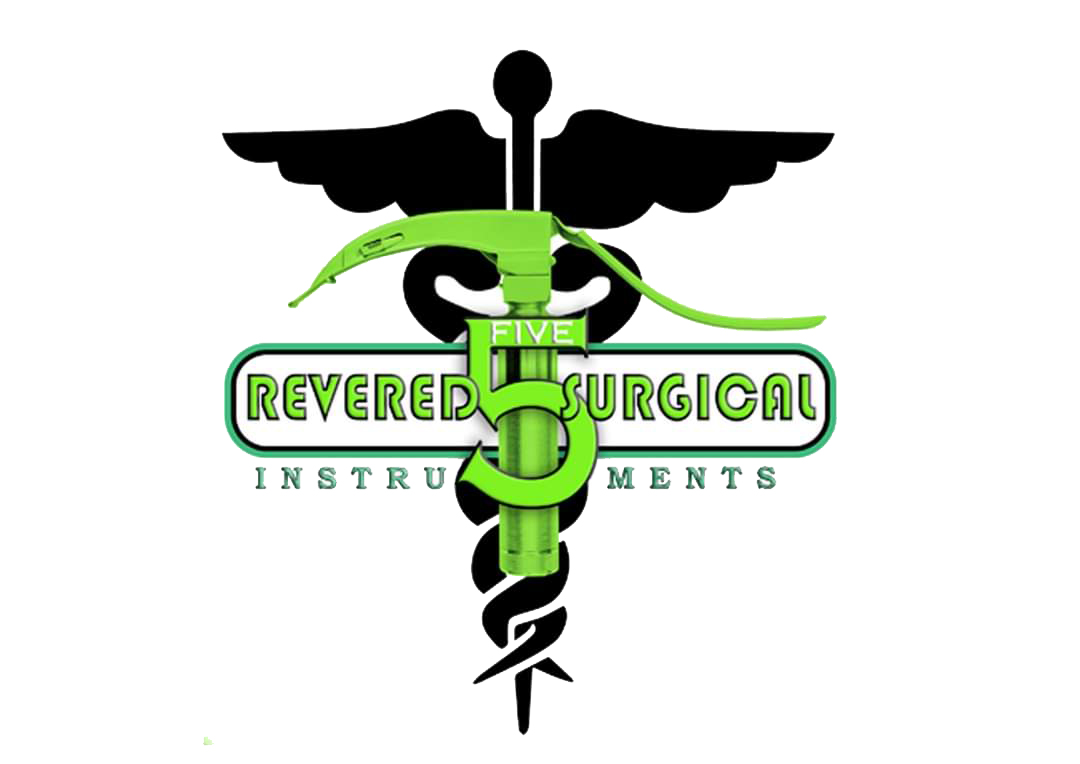We deliver to you every day 24/7
The best discounts this week
Every week you can find the best discounts here.
FAKUDA TYPE RETRACTOR
FINGER RETRACTORS
CHARNLEY INITIAL INCISION RETRACTOR
2.0/2.4 TPLO Plate Instrument Set
2.7/3.5 TPLO Plate Instrument Set
Screwdriver Hexagonal
Orthopedic surgery has become a cornerstone of veterinary medicine, offering life-changing solutions for animals suffering from mobility issues. Whether it’s a beloved pet recovering from a fracture or a farm animal regaining strength after an injury, advanced surgical tools and techniques are transforming the way veterinarians restore mobility, alleviate pain, and improve the quality of life for animals.
In this article, we’ll explore the latest innovations in veterinary orthopedic surgery, highlighting the essential tools that make these procedures successful. From bone pins to external fixation devices, these instruments are revolutionizing animal care and ensuring faster, more effective recoveries.
The Growing Importance of Veterinary Orthopedic Surgery
Animals, much like humans, are prone to orthopedic conditions such as bone fractures, ligament tears, and joint diseases. These issues can severely impact their ability to move, play, and perform daily activities. Veterinary orthopedic surgery addresses these challenges, offering tailored solutions to restore functionality and enhance overall well-being.
With advancements in surgical tools and techniques, veterinarians can now provide precise, minimally invasive treatments that reduce recovery time and improve outcomes. The success of these procedures heavily relies on the quality and precision of the surgical instruments used.
Top Surgical Tools in Veterinary Orthopedics
1. Bone Pins (Intramedullary Pins)
Bone pins are slender, durable rods made from high-grade stainless steel or titanium. They are inserted into the marrow cavity of long bones, such as the femur or tibia, to stabilize fractures and promote healing.
Key Applications:
Treating simple fractures in long bones
Providing internal stability during the healing process
Often used alongside orthopedic wires for added support
Benefits of Bone Pins:
Ensure proper bone alignment for optimal healing
Distribute weight-bearing forces evenly, reducing stress on the fracture site
Accelerate recovery with minimal complications
2. External Fixation Devices
External fixation devices are a game-changer in veterinary orthopedics. These devices consist of pins or wires inserted into the bone, connected to an external frame that stabilizes the fracture without invasive internal hardware.
Key Applications:
Treating complex fractures that cannot be managed internally
Managing open fractures with significant soft tissue damage
Facilitating bone lengthening and correction procedures
Benefits of External Fixation Devices:
Adjustable during the healing process for optimal alignment
Minimize infection risk with easy access to the wound site
Provide excellent stability without the need for extensive internal hardware
3. Orthopedic Plates and Screws
Orthopedic plates and screws are essential for stabilizing fractures and ensuring proper bone alignment. These tools are designed to fit the unique anatomy of different animals, offering customized solutions for various orthopedic conditions.
Key Applications:
Fixing complex fractures in small and large animals
Providing rigid support for bones during healing
Correcting deformities and stabilizing joints
Benefits of Orthopedic Plates and Screws:
Offer long-term stability and support
Compatible with minimally invasive surgical techniques
Reduce recovery time and improve mobility outcomes
4. Specialized Cutting Tools
Precision is critical in veterinary orthopedic surgery, and specialized cutting tools play a vital role in achieving accurate results. These instruments are designed to cut, shape, and prepare bones for implants or repairs.
Key Applications:
Preparing bone surfaces for plating or pinning
Removing damaged or diseased bone tissue
Facilitating precise incisions for minimally invasive procedures
Benefits of Specialized Cutting Tools:
Enhance surgical accuracy and efficiency
Minimize tissue damage and trauma
Improve overall surgical outcomes
Why Advanced Surgical Tools Matter
The success of veterinary orthopedic procedures hinges on the quality and precision of the tools used. Advanced surgical instruments not only improve the accuracy of surgeries but also reduce recovery time, minimize complications, and enhance the overall quality of life for animals.
For veterinarians, investing in state-of-the-art tools is essential to staying at the forefront of animal care. For pet owners and farmers, understanding the importance of these tools can provide peace of mind, knowing their animals are receiving the best possible treatment.
Conclusion
Veterinary orthopedics has come a long way, thanks to innovations in surgical tools and techniques. From bone pins to external fixation devices, these instruments are transforming the way veterinarians treat mobility issues in animals. By leveraging these advanced tools, veterinarians can provide superior care, ensuring faster recoveries and improved quality of life for their patients.
If you’re a veterinarian looking to enhance your practice or a pet owner seeking the best care for your animal, understanding the role of these surgical tools is crucial. Stay informed, stay ahead, and prioritize the well-being of the animals that depend on us.







